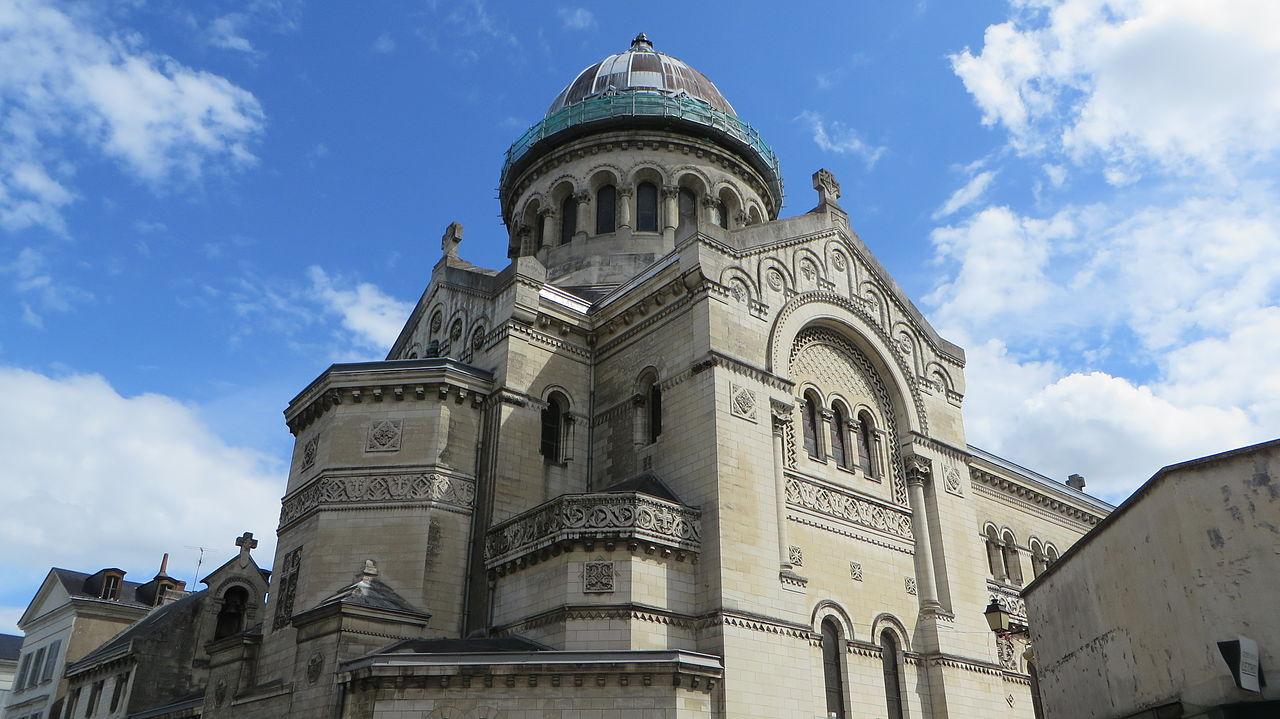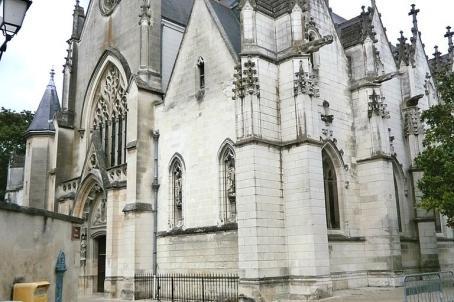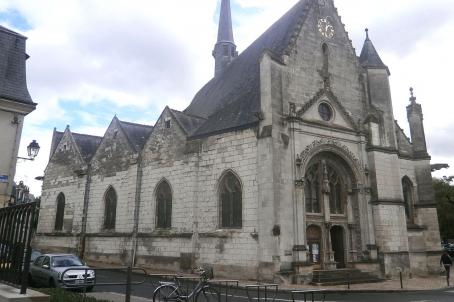Saint-Martin de Tours Basilica
Saint-Martin de Tours is a Roman Catholic basilica in honour of Saint Martin. The present basilica was built in the Romanesque-Byzantine style according to a design by the architect Victor Laloux. Construction began in 1887 and the basilica was consecrated in 1925. The crypt contains the tomb of the saint. Until the time of Martin, bishop of Tours since 372, Tours was a Gallo-Roman city of medium importance. After his death in Candes in 397, the monks of Tours succeeded in seizing the body and bringing it back to their city. They buried it on the site where the Basilica of Saint Martin, one of the largest religious buildings in the West in the Middle Ages, was later built.





